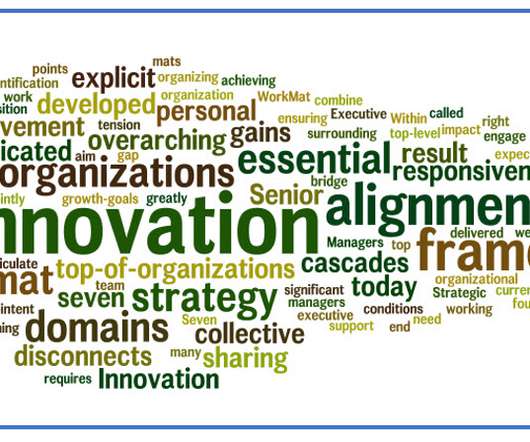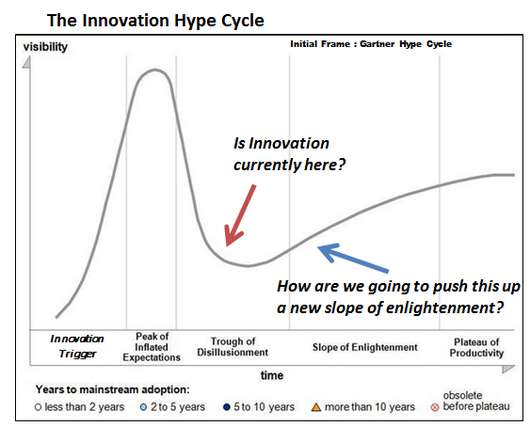What is Radical Innovation? Definition, Examples, Process and Best Practices
IdeaScale
JUNE 27, 2023
What is Radical Innovation? Radical innovation is defined as a significant and transformative breakthrough in technology, business models, processes, or products that creates a substantial shift in industry or society.



































Let's personalize your content